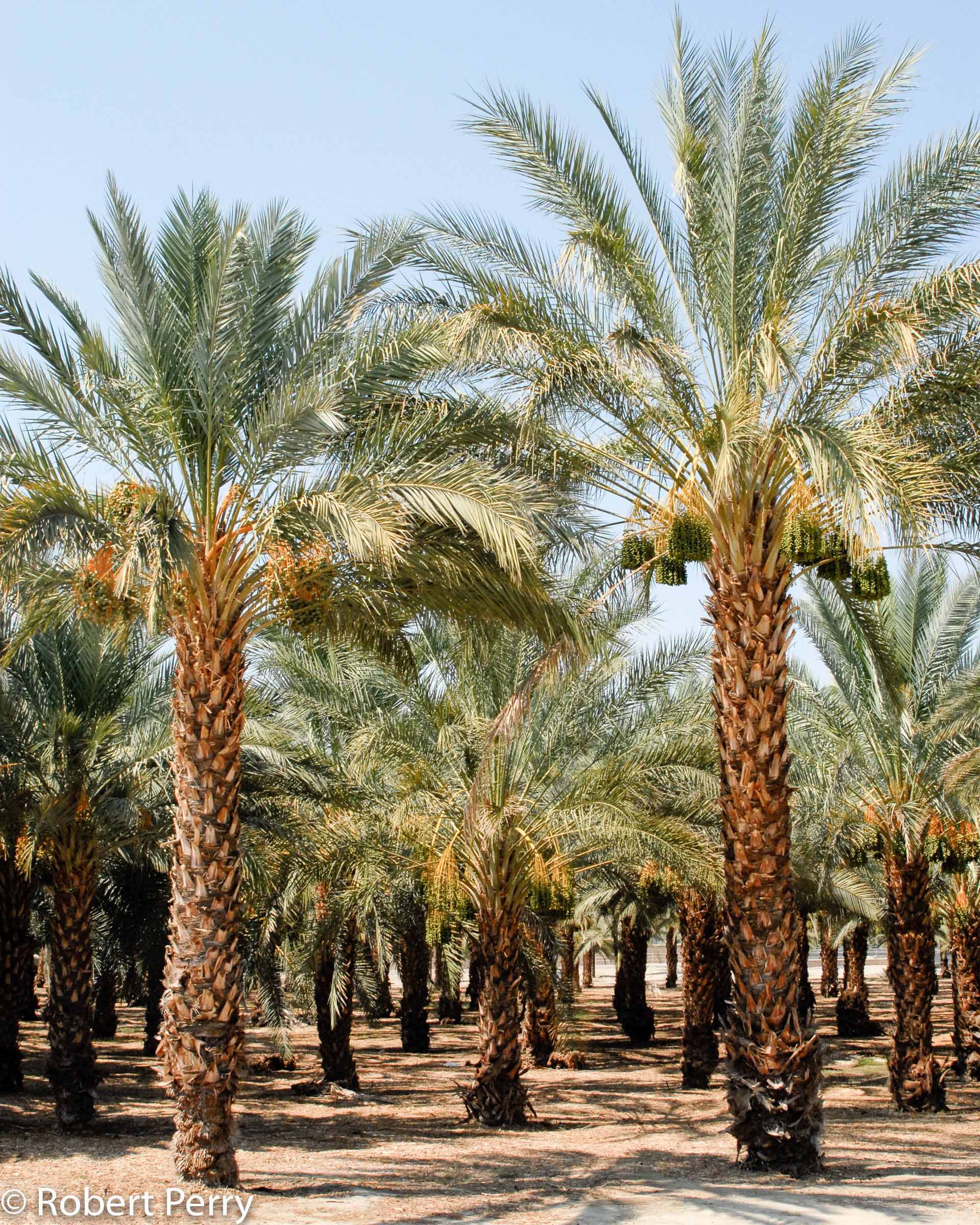The Date Palm: A Symbol of Life and Sustenance
The date palm (Phoenix dactylifera) is a majestic and versatile plant that has been cultivated for millennia. Its history is deeply intertwined with the cultures of the Middle East and North Africa, where it has been a staple food source and a symbol of fertility and prosperity. This article will explore the various aspects of the date palm plant, from its botanical characteristics to its cultural significance and economic importance.
Botanical Characteristics

The date palm is a dioecious plant, meaning it has separate male and female trees. It is characterized by its tall, unbranched trunk topped with a crown of feathery leaves. The leaves are pinnately compound, consisting of numerous leaflets arranged on either side of a central rachis. The flowers are small and inconspicuous, borne in large, drooping clusters called inflorescences.
Cultivation and Growth
Date palms thrive in hot, arid climates with well-drained soil. They are typically propagated from offshoots, which are suckers that grow from the base of the parent tree. The trees are slow-growing and can reach a height of up to 80 feet (24 meters). They are relatively drought-tolerant, but they require regular irrigation during the growing season.

The Date Fruit
The date fruit is the most valuable part of the date palm. It is a drupe that develops from the fertilized ovary of a female flower. The fruit is typically oblong or cylindrical in shape and has a sweet, chewy texture. It is rich in nutrients, including fiber, potassium, and vitamin B5.
There are many different varieties of date palm, each with its own unique characteristics. Some varieties produce large, plump fruits, while others produce smaller, more elongated fruits. The color of the fruit can vary from yellow to brown or even black.

Cultural Significance
The date palm has deep cultural significance in many parts of the world. In the Middle East and North Africa, it is often associated with fertility, prosperity, and hospitality. The tree is frequently depicted in art, literature, and religion. In Islamic culture, the date palm is considered a sacred tree, and it is often planted near mosques and other religious sites.
Economic Importance
The date palm is an economically important crop in many regions of the world. It provides food, income, and employment for millions of people. The date fruit is a valuable commodity, and it is used in a wide variety of products, including food, beverages, and cosmetics. In addition to the fruit, the palm leaves, stems, and roots can also be used for various purposes.
Conclusion
The date palm is a remarkable plant with a long and rich history. It has played a vital role in the cultures of the Middle East and North Africa for thousands of years. Today, it continues to be an important source of food, income, and cultural heritage. As climate change and other environmental challenges threaten the future of many agricultural crops, the date palm may become even more important in the years to come.
FAQs
1. What is the difference between male and female date palm trees?
2. How long does it take for a date palm tree to bear fruit?
3. What are the nutritional benefits of dates?
4. How are dates harvested?
5. What are some common uses of date palm leaves and stems?